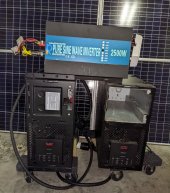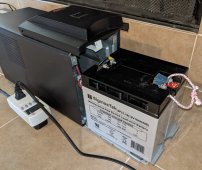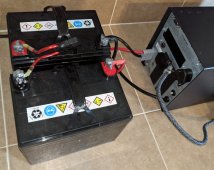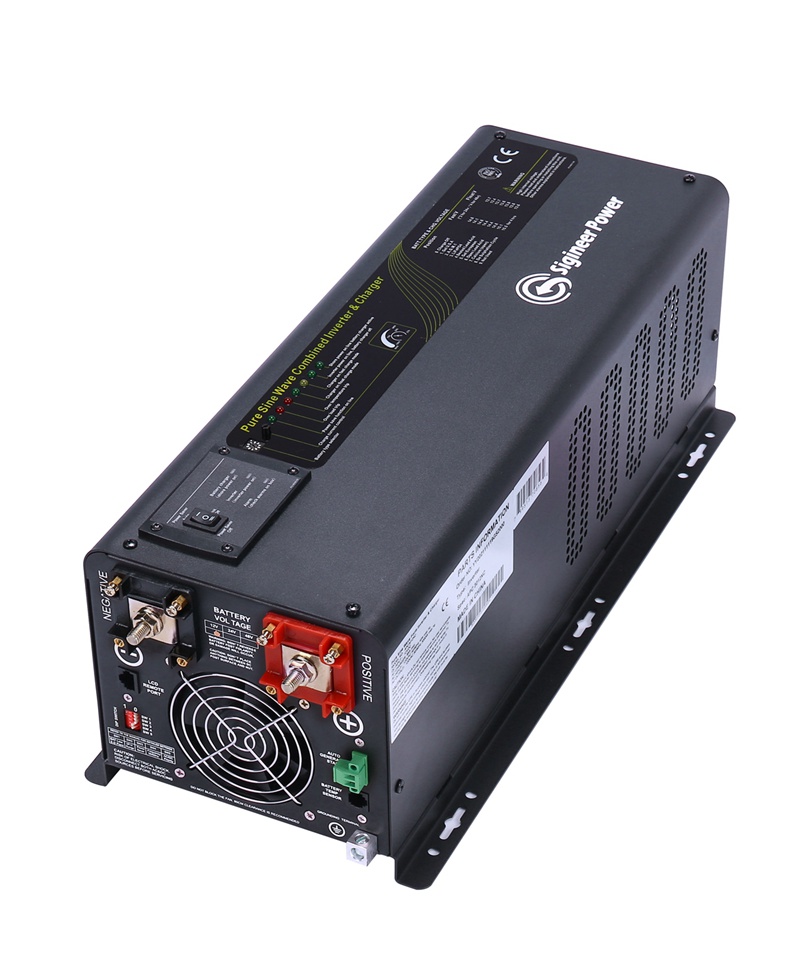mrzed001
Voice of reason
Victron users luckily do not need an internet connection ... only a local Victron GX device.Not trying to pick on Victron users. But I am a simple person that wants my devices to not need internet connections
The program runs on that. Not in a cloud server somewhere in the jungle or china or ....
Locally, without any need for an internet connection.
Luckily you can use a BIG Victron GX Touch display ... where you can see everything, and manage and set everything up.I want a display and buttons on the inverter that allows me to change all necessary parameters
No need to hurt your eyes with a small low res monochrome display.

That needs some explanations ...Victron seems to make nice equipment but it is not designed for the US shore based off grid market.








